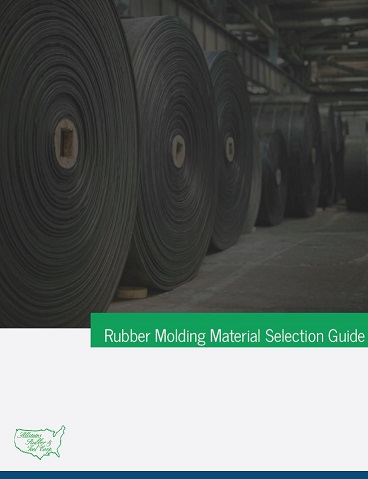Notre Dame Football Taught Me Important Lessons About Rubber Molding For Medical Devices
It is well known that Notre Dame football has a devoted following and is looked upon to contend for the national championship year in and year out. But how did they get to achieve such lofty status? I like to think it all started on November 1, 1913. That was the day Notre Dame changed football forever. No, it was not the first forward pass (that happened seven years earlier), but an innovation on this basic strategy that would leave an indelible mark on the game. On this day, coach Jesse Harper used his normal power running game, but also deployed a deftly styled passing attack from quarterback Charles “Gus” Dorias to future coaching legend Knute Rockne. The difference? Previously all forward passes had the receiver stop and stand in place to catch the pass. Harper had Rockne catch passes in stride. The Cadets of Army could not adapt to this new tactic and fell to Notre Dame 35 – 13. Soon after all receivers adopted this tactic.
 Be it on the football field or in the design room, innovation is the key to success and staying ahead of the competition. This focus on innovation has help guide me through everything from playing linebacker on my dorm team at Notre Dame to running an international rubber molding company.
Be it on the football field or in the design room, innovation is the key to success and staying ahead of the competition. This focus on innovation has help guide me through everything from playing linebacker on my dorm team at Notre Dame to running an international rubber molding company.
To illustrate this need for constant innovation, we recently worked with a large medical device company to solve a challenge on one of their x-ray machines. They had designed some molded bladders for use in the system, but they were having some trouble. The fit of the rubber bladders was perfect, and they functioned correctly, holding the designated fluids. However, the original nitrile material they used for the prototype molding included carbon black. Carbon black is conductive and was causing sparking in the machine and shorting out x-ray heads. They had tried several other materials on the prototype with another rubber molding team, but were unable to find the solution. To overcome this, our team at Allstates Rubber put our years of knowledge together to develop a proprietary material to remove the carbon black and maintain the properties required to hold the fluid correctly. Innovation carried the day and allowed for a successful custom molded product. The end result was a very happy medical device manufacturer and a new piece of equipment going out into the world to help with diagnosing patients correctly.
Want to learn more about selecting the proper material for your next rubber molding project? Go download our Rubber Molding Material Selection Guide to get started. As always, Bill and I will be here to help you through each and every project.



 When selecting the proper material, there are many factors to consider, such as type of elastomer for the application and durometer (hardness). To help you understand the qualities of the most commonly requested products, we have created a
When selecting the proper material, there are many factors to consider, such as type of elastomer for the application and durometer (hardness). To help you understand the qualities of the most commonly requested products, we have created a